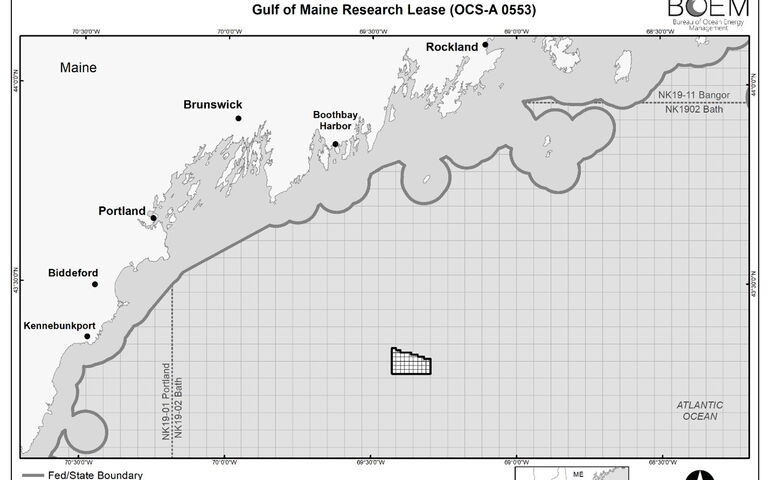Processing Your Payment
Please do not leave this page until complete. This can take a few moments.
- News
-
Editions
-
- Lists
-
Viewpoints
-
Our Events
-
Event Info
- Women's Leadership Forum 2025
- On the Road with Mainebiz in Bethel
- Health Care Forum 2025
- On The Road with Mainebiz in Greenville
- On The Road with Mainebiz in Waterville
- Small Business Forum 2025
- Outstanding Women in Business Reception 2025
- On The Road with Mainebiz in Bath
- 60 Ideas in 60 Minutes Portland 2025
- 40 Under 40 Awards Reception 2025
- On The Road with Mainebiz in Lewiston / Auburn
- 60 Ideas in 60 Minutes Bangor 2025
Award Honorees
- 2025 Business Leaders of the Year
- 2024 Women to Watch Honorees
- 2024 Business Leaders of the Year
- 2023 NextUp: 40 Under 40 Honorees
- 2023 Women to Watch Honorees
- 2023 Business Leaders of the Year
- 2022 NextUp: 40 Under 40 Honorees
- 2022 Women to Watch Honorees
- 2022 Business Leaders of the Year
-
-
Calendar
-
Biz Marketplace
- News
-
Editions
View Digital Editions
Biweekly Issues
- April 21, 2025 Edition
- April 7, 2025
- March 24, 2025
- March 10, 2025
- Feb. 24, 2025
- Feb. 10, 2025
- + More
Special Editions
- Lists
- Viewpoints
-
Our Events
Event Info
- View all Events
- Women's Leadership Forum 2025
- On the Road with Mainebiz in Bethel
- Health Care Forum 2025
- On The Road with Mainebiz in Greenville
- On The Road with Mainebiz in Waterville
- + More
Award Honorees
- 2025 Business Leaders of the Year
- 2024 Women to Watch Honorees
- 2024 Business Leaders of the Year
- 2023 NextUp: 40 Under 40 Honorees
- 2023 Women to Watch Honorees
- 2023 Business Leaders of the Year
- + More
- 2022 NextUp: 40 Under 40 Honorees
- 2022 Women to Watch Honorees
- 2022 Business Leaders of the Year
- Nomination Forms
- Calendar
- Biz Marketplace
First floating wind-turbine research site in the US advances in Maine
 Graphic / Courtesy, BOEM
The state’s plan to install a floating turbine research site took a step forward with a signed lease for 15,000 acres in the Gulf of Maine, shown in the cross-hatched area.
Graphic / Courtesy, BOEM
The state’s plan to install a floating turbine research site took a step forward with a signed lease for 15,000 acres in the Gulf of Maine, shown in the cross-hatched area.
The state’s plan to create an offshore research site for floating wind-power turbines took a step forward with a signed lease for 15 square miles in the Gulf of Maine.
The U.S. Department of Interior’s Bureau of Ocean Energy Management and the Maine Governor’s Office on Monday announced they had executed the agreement for a little under 15,000 acres of federal waters, 28 miles southeast of Portland. It's the first such lease in the country.
The swath of ocean could become the site for an array of up to 12 floating offshore wind turbines, together capable of generating up to 144 megawatts of energy.
However, the primary purpose of the array is to allow the state, the fishing and wind industries, marine life experts and others to evaluate the technology and the energy it produces as a renewable resource.
Among the topics for evaluation are the turbines' compatibility with other ocean uses and potential effects on the environment, supply chains and job creation.
The array is first subject to environmental analysis under the National Environmental Policy Act, approval by BOEM of a research activities plan, and final approval of a power purchase agreement by the Maine Public Utilities Commission. The timing of construction should become clearer as those permitting and regulatory processes move forward, but is not expected to occur for several years.
Floating platforms
The agreement follows BOEM's offer of a research lease to the state.
As proposed, the research array will use a floating wind platform technology designed by the University of Maine and deployed by its development partner, Diamond Offshore Wind.
UMaine's floating platform, known as VolturnUS, was recently awarded a $12.5 million grant from the U.S. Department of Energy.
The wind turbines would sit on floating platforms, which use pre-cast bridge construction techniques, according to UMaine’s website.
The use of concrete has benefits over steel that include lower cost per ton, higher corrosion resistance, and a low center of gravity and high center of buoyancy yield that provide excellent wave motion resistance, according to UMaine.
The turbine is held in position by mooring lines anchored to the seabed. One of the project goals is demonstrating the design of the VolturnUS concrete hull with a full-size offshore wind turbine.
"Clean energy from offshore wind offers an historic opportunity for Maine to create good-paying jobs, reduce our reliance on fossil fuels, and fight climate change by cutting greenhouse gas emissions,” said Gov. Janet Mills.
Dan Burgess, director of the Governor's Energy Office, said offshore wind energy could help the state reach its goal of utilizing 100% clean energy by 2040.
"The research conducted at the lease site will guide industry best practices and inform responsible development while creating unique opportunities for Maine businesses to participate in this growing industry,” said Eliza Donoghue, executive director of the Maine Renewable Energy Association.
Floating wind technology could open opportunities to produce renewable energy in deeper water farther offshore, said Elizabeth Klein, the Bureau of Ocean Energy Management's director.
The bureau manages the development of energy, mineral, and geological resources along the U.S. continental shelf.














0 Comments